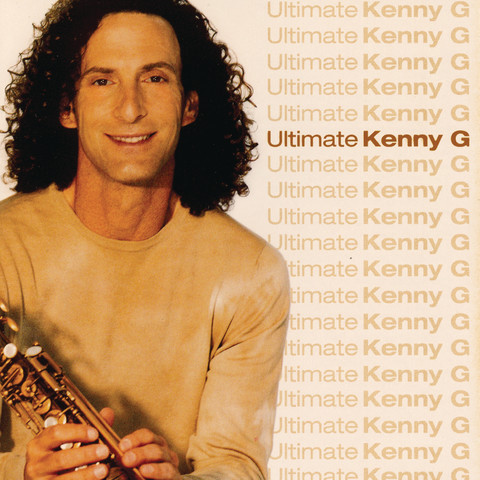

Simple isn't necessarily bad: "So What" and "Blue In Green" are as basic as it gets, but for Miles Davis those melodies were a starting point, not the end product. The obvious reason is the vast commercial success of a string of albums featuring melodies a fifth-grader can play without difficulty, nourished by chord-tone solos whose only complexity are long tension notes and scale runs using his infamous circular breathing. Fair enough, but a couple of ground rules: no using a thesaurus to look up words such as "pathetic" and at least an effort at objective insight into why the G man's work is considered such an abomination.

Let's dispense with pretense: I'm writing this and most regulars are probably reading it to see how many amusing and scathing ways the concept of awful can be expressed. Was the G man capable of coaxing real players into a studio and offering a competitive level of performance? The shock I felt before realizing the Metheny collaboration was a joke resurfaced when I saw Arturo Sandoval and David Sanborn among the co-conspirators. It consists of 13 mostly well-known songs performed with stars ranging from LeAnn Rimes to David Benoit to Gladys Knight. Bach collaboration by Kenny G and Pat Metheny published April 1, 2004.ĭuets is, literally, an April Fool's Joke brought to life. Readers with doubts should check out the most excellent essay about The Jazz Soul Of P.D.Q. If there's a better cure for writer's block it's probably illegal and sold by the gram on street corners.

Gorelick has never been the subject of a review at AAJ and probably never will be again, although I can't imagine why. The ultimate stage for creative indulgence, limited only by natural ability. Kenny G's At Last -The Duets Album is, in short, everything a jazz reviewer might possibly hope for. This album is the pinnacle of artistic inspiration, an achievement nonpareil for annihilating depression, a lone triumph among the hundreds of albums scrutinized annually in search of gems.


 0 kommentar(er)
0 kommentar(er)
